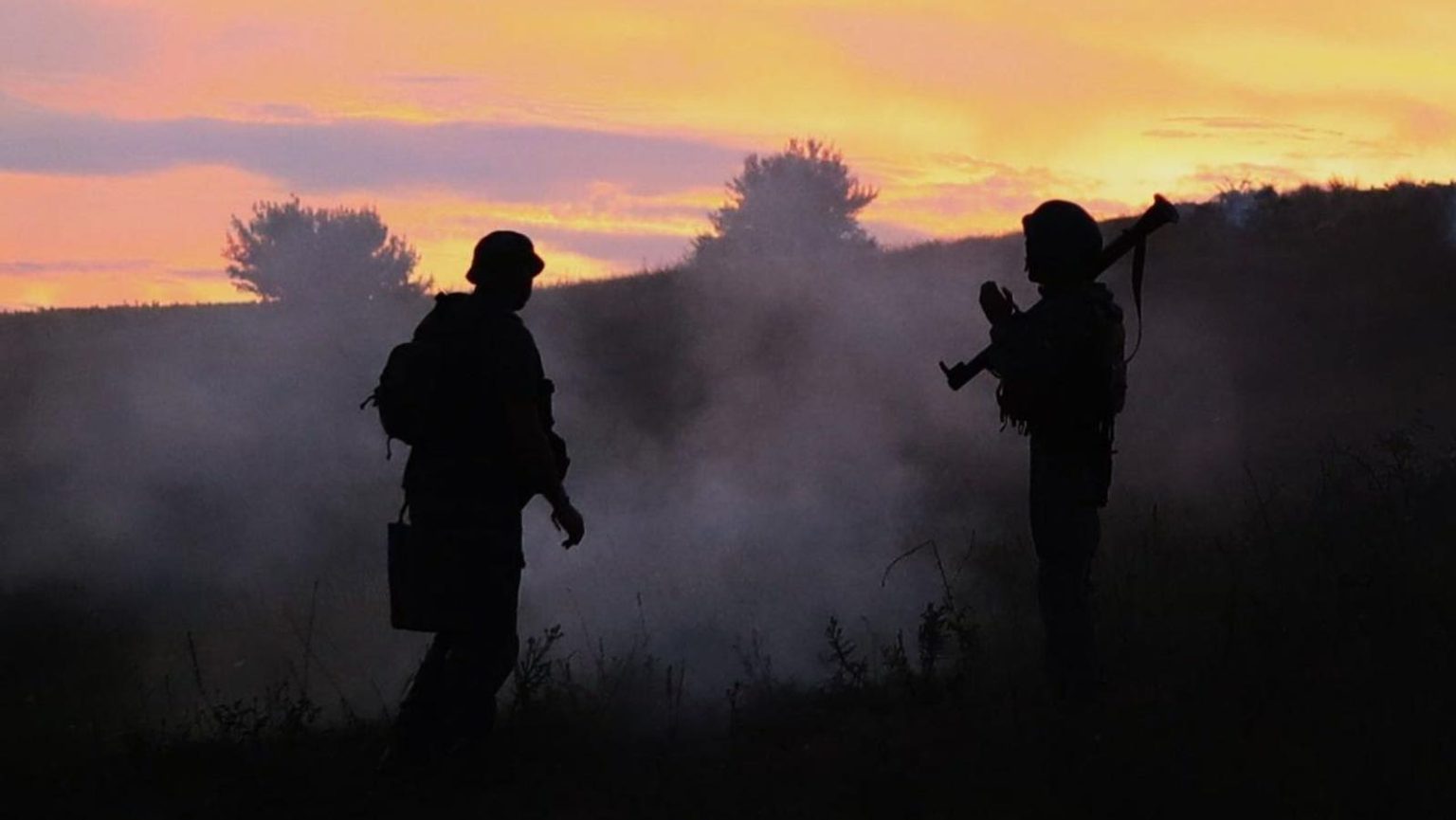Several times since Russia widened its war on Ukraine in February 2022, Ukrainian and allied forces have crossed the Russia-Ukraine border for brief, showy raids—counter-invasions, if you will.
The risky raids never accomplished very much except to embarrass Russian leaders. Possibly until now.
Yesterday, elements of at least two Ukrainian army brigades—apparently not including pro-Ukrainian Russian fighters, as we initially reported—exploited a gap in the defenses around the village of Sudzha, in Kursk Oblast on the Russian side of Ukraine’s northern border.
A day later, hundreds of Ukrainian troops from (at least) the 22nd and 88th Mechanized Brigades supported by artillery, drones and air defenses have marched nearly 10 miles into southern Russia, routing local Russian forces and capturing Sudzha along with several other villages.
It’s an impressive feat for an army that has been on the defensive for a whole year—and which has struggled to mobilize sufficient manpower to hold off relentless but costly Russian assaults all the front line in eastern Ukraine.
The Ukrainian army can’t fully staff the brigades defending front-line towns in the east—with dire implications for Kyiv’s efforts to hold onto the last free swathes of Donetsk Oblast. And yet, the army was able to assign two or more brigades to the Sudzha attack—and deemed the potential gains in this attack to be worth the potential cost.
“I’m still not sure what the goal here is,” wrote John Helin, a Ukraine expert with Finnish analysis group Black Bird Group. “According to unreliable reports, Ukraine has concentrated elements from two to four brigades in the area. These would be gravely needed in the east.”
It’s possible the Ukrainian general staff in Kyiv believes a Ukrainian northern offensive might compel the Kremlin to shift troops away from eastern Ukraine, thereby slowing Russian advances on that front.
But at least two, and potentially four, Ukrainian brigades are engaged in this possible diversionary effort. For a diversionary strategy to pay off for Kyiv, the Kremlin would have to redeploy a lot of regiments from the east—potentially a dozen, according to Helin.
If the Russian northern grouping of forces can halt the Ukrainian advance without borrowing regiments from the east, the Ukrainian gambit will fail. Assuming, of course, that diverting Russian troops is the point.
It’s possible the Ukrainian attack isn’t a diversion. Instead, it may be exactly what it appears to be: a serious effort to capture and hold Russian soil.
In that case, the ultimate aim may be diplomatic. Occupying even a small part of Russia would position Ukraine to trade, during possible future peace negotiations, that territory for parts of Ukraine that Russia occupies.
Then again, the Ukrainian planners might not care at all about hypothetical peace negotiations. They may sincerely hope to sustain—albeit at great risk—an ongoing invasion of Russia.
“As Ukraine tries to take the initiative in the northeastern border regions, there is a possibility for follow-up operations,” Black Bird Group’s Emil Kastehelmi wrote. “After creating confusion and forcing Russia to react in Kursk, Ukraine could try to attack somewhere else, too—if there are still available forces left.”
It’s a big if. Whatever Ukraine’s strategy in the north, the risk is the same. “Ukrainian commanders have limited forces to reinforce units that are under pressure or to stop breakthroughs,” explained Rob Lee, an analyst with the Foreign Policy Research Institute in Philadelphia.
Ukrainian forces were stretched thin along the 700-mile front line in Urkaine before two, three or four Ukrainian brigades invaded Russia. Now they’re stretched even thinner. The danger of further Russian breakthroughs is growing, especially in the east.
Ukrainian commanders are gambling they can go on the attack in the north without suffering heavy casualties. But attacking out in the open is almost always costlier than defending from prepared positions.
“Offensive operations … risk taking higher casualties than in defense—at a time when Ukrainian forces are stretched thin,” Lee wrote. “Ukraine needs to maintain a favorable attrition ratio given the manpower situation, so taking heavy losses in this operation could make it more difficult.”
The good news, for the Ukrainian brigades in Kursk, is that they have the momentum—for now. They’ve shot down two Russian helicopters, one of them using an explosive first-person-view drone. They’ve knocked out Russian tanks and captured scores of Russian troops. “The Russians seem to be in a state of disarray,” Kastehelmi noted.
But that could change as the Russians trade space for time and bring in additional forces. Compared to a year ago, Russia “already has greater forces [and] conventional capabilities in the area, better command and control—and it has conscript units that can be deployed, which are not used in Ukraine,” Lee pointed out.
All outside observers can do right now is watch and wait. Maybe, with a bold and risky attack, the Ukrainians are turning the tide of the war along one front. Or maybe they’re throwing away what few spare troops they have on a doomed border raid.
Time will tell. “Hopefully Ukraine has a clear idea about the goals of this operation, and hopefully those goals are also achievable both politically and militarily,” Helin wrote. “As it stands right now I still feel like Ukraine is doing some high stakes gambling while holding a pretty bad hand.”
Sources:
1. John Helin: https://x.com/J_JHelin/status/1821191332943294490
2. Emil Kastehelmi: https://x.com/emilkastehelmi/status/1821262611465564283
3. Rob Lee: https://x.com/RALee85/status/1820893001188553214
Read the full article here





